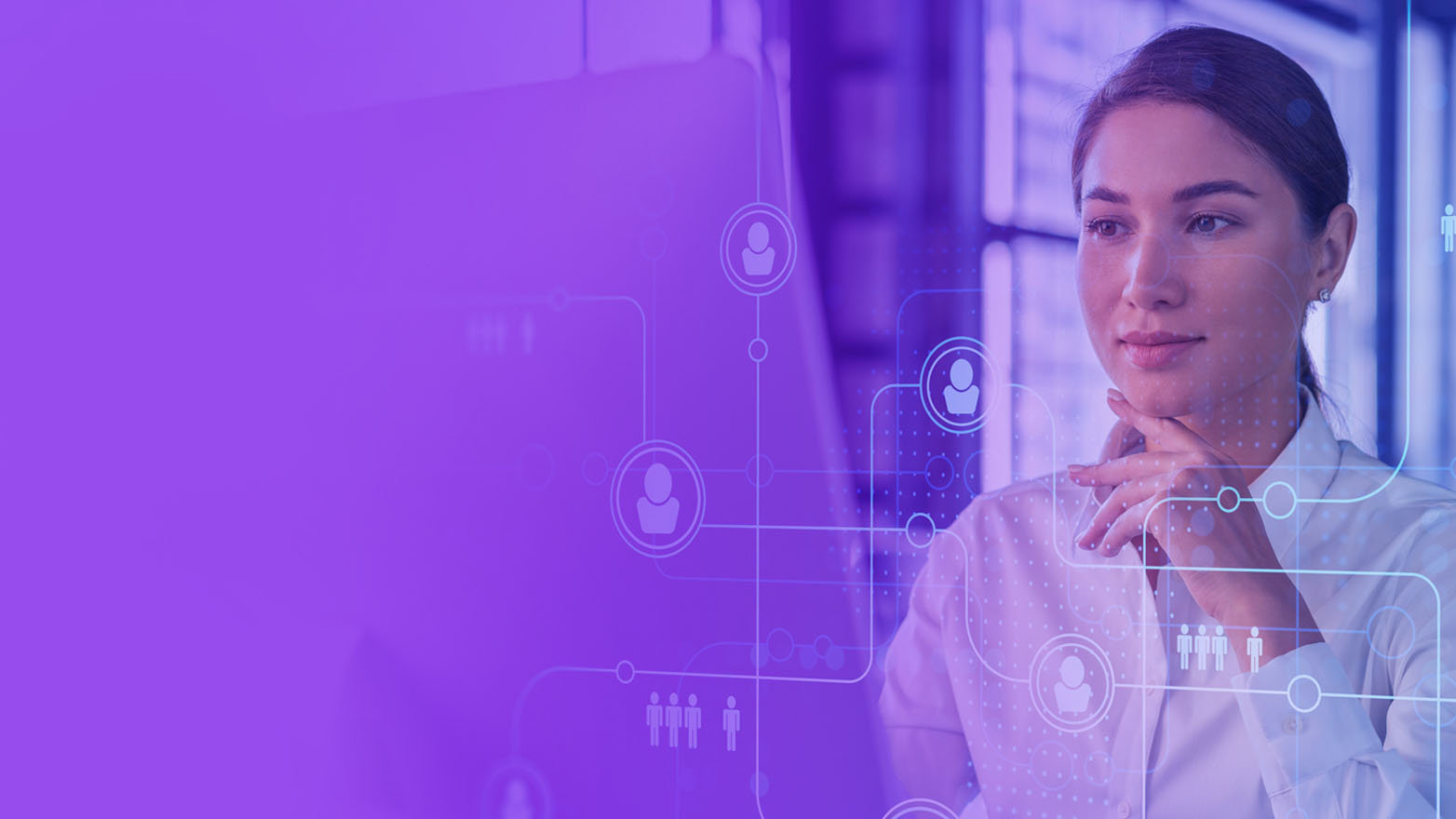Accelerating generative AI success by activating change
The biggest risk with adoption may not be what you think.

It’s increasingly rare to find an enterprise today that doesn’t have its foot on the generative artificial intelligence (AI) accelerator, and equally rare to read an article that doesn’t include some mention of the associated risks, including misinformation, algorithmic biases, privacy issues, security concerns, and more.
But one risk you may not hear mentioned—and one we’d argue may be one of the biggest risks to any generative AI initiative—is the risk that your employees pose, not by being duped by a deep fake or by publishing sensitive intellectual property, but simply by choosing to not use it.
Perhaps more so than with any other enterprise technology or process change in recent memory, there’s an enormous chasm between business leader enthusiasm for generative AI and employee apprehension. As a result, generative AI requires a different implementation approach than other disruptive technologies. Traditional change management efforts are necessary to help close this gap, but they’re not sufficient. Additional, more human-centric efforts are required.
In this paper, we explore the practice of creative activation and the role it plays in the change management process. If change management is the science behind effecting change successfully, creative activation is the art. It can help you connect with employees on an emotional level to activate them as partners in the change from the very beginning—active participants who are eager to help your generative AI effort succeed.
Dive into our thinking:
Accelerating generative AI success by activating change
Download PDFExplore more

Generative AI for the Workforce
Find out why businesses should not treat this transformation as merely a technology upgrade

HR holds the keys to creating value from generative AI
Only workforce transformation can deliver the technology’s true operational benefits

Where will AI/GenAI regulations go?
Demonstrating 'trusted AI systems'
Meet our team
